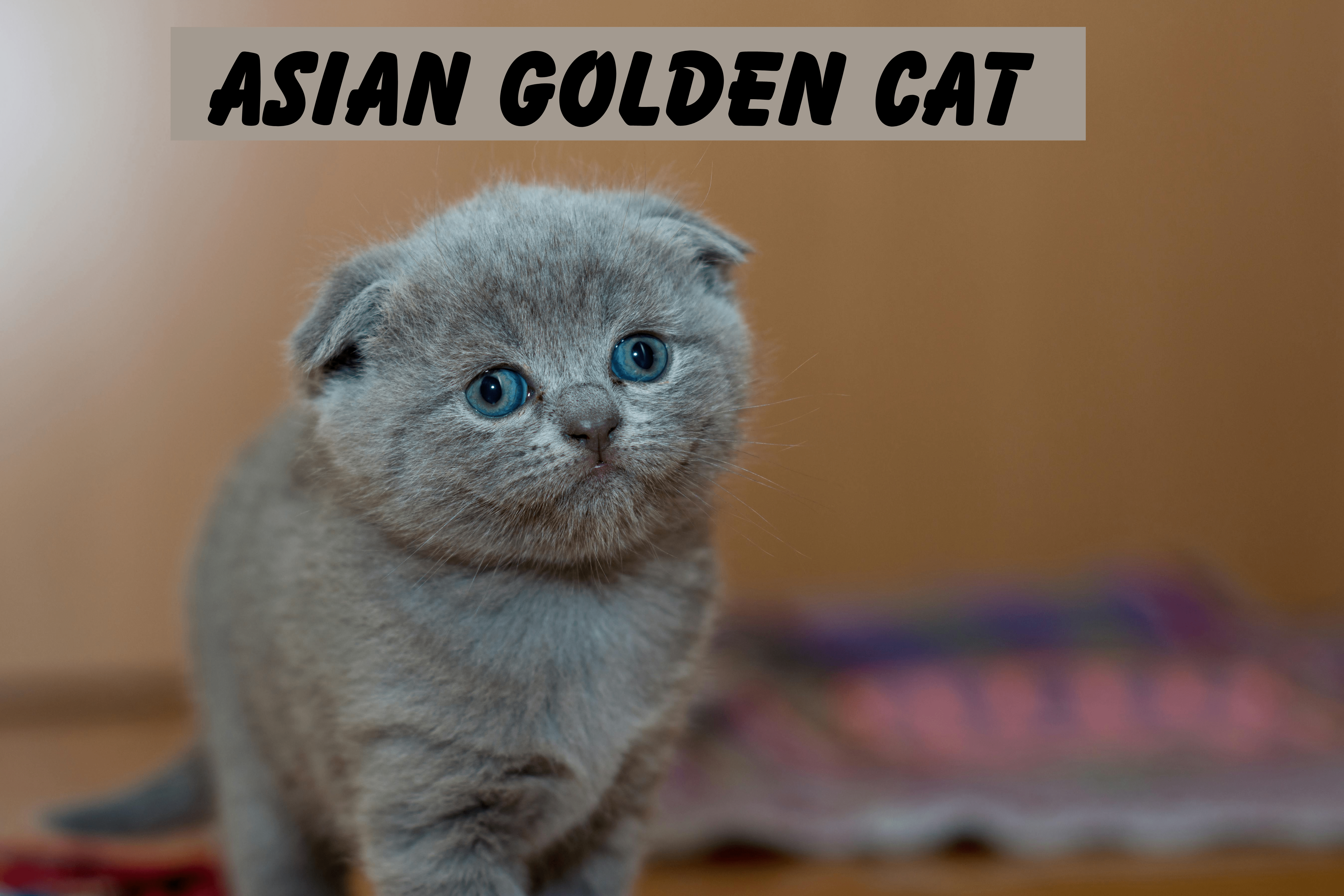The Asian Golden Cat Habitat And Behavior

The Asian golden cat (Catopuma temminckii) is a medium-sized wild cat native to Southeast Asia. Here are some key details about this elusive and fascinating species:
Physical Characteristics
- Size: Asian golden cats typically weigh between 9 to 16 kg (20 to 35 lbs) and measure around 66 to 105 cm (26 to 41 inches) in body length, with a tail adding an additional 40 to 57 cm (16 to 22 inches).
- Coloration: Despite their name, their fur can range from reddish-brown or golden to gray and black. Some individuals even have spots or stripes.
- Build: They have a robust and muscular build, which helps them in hunting and climbing.

Habitat
- Range: The species is found across a wide range in Southeast Asia, including countries like Nepal, Bhutan, India, Myanmar, Thailand, Malaysia, Laos, Cambodia, Vietnam, and southern China.
- Environment: Asian golden cats inhabit various types of forests, including tropical and subtropical evergreen forests, deciduous forests, and occasionally open areas such as grasslands.
Behavior
- Diet: They are carnivorous and primarily hunt small to medium-sized prey, such as birds, rodents, and small ungulates. They are known to be opportunistic hunters.
- Activity: These cats are generally solitary and are primarily nocturnal or crepuscular, meaning they are most active during dawn and dusk.
- Reproduction: Female Asian golden cats have a gestation period of around 78 to 80 days, giving birth to one to three kittens. The young are weaned at around six months and reach sexual maturity at about 18 to 24 months.
Conservation Status
- Threats: The primary threats to Asian golden cats include habitat destruction due to deforestation, poaching for their fur and body parts, and depletion of their natural prey due to overhunting.
- IUCN Status: They are listed as Near Threatened on the IUCN Red List. Conservation efforts focus on habitat preservation and anti-poaching measures.
Interesting Facts
- Varied Fur Patterns: Some populations exhibit significant variations in fur patterns, including melanistic (black) individuals, which is quite rare among wild cats.
- Cultural Significance: In some cultures, the Asian golden cat is considered a symbol of good luck and protection.
The Asian golden cat remains one of the less studied and more mysterious felids in the world, with ongoing research needed to fully understand its ecology, behavior, and needs for effective conservation.
The Enigmatic Asian Golden Cat: A Jewel of Southeast Asia
The Asian golden cat (Catopuma temminckii) is a medium-sized wild cat that roams the dense forests of Southeast Asia. Known for its striking appearance and elusive nature, this feline has captivated the interest of wildlife enthusiasts and researchers alike.
Physical Characteristics
Despite its name, the Asian golden cat’s fur can exhibit a range of colors. While many individuals boast a rich reddish-brown or golden coat, others can be gray or even black. Some cats have spots or stripes, adding to the variety within the species. Typically weighing between 9 to 16 kg (20 to 35 lbs) and measuring 66 to 105 cm (26 to 41 inches) in body length, these cats possess a muscular build that aids in both hunting and climbing. Their tails, which add an extra 40 to 57 cm (16 to 22 inches) to their length, are vital for balance.
Habitat and Range
The Asian golden cat’s habitat spans a wide range across Southeast Asia, including countries like Nepal, Bhutan, India, Myanmar, Thailand, Malaysia, Laos, Cambodia, Vietnam, and southern China. These cats are highly adaptable and thrive in various forest environments such as tropical and subtropical evergreen forests, deciduous forests, and sometimes in more open areas like grasslands. Their ability to navigate these diverse habitats underscores their versatility and resilience.
Behavior and Diet
Solitary by nature, the Asian golden cat is predominantly nocturnal or crepuscular, being most active during dawn and dusk. This behavioral pattern helps them avoid encounters with larger predators and human activity. They are carnivorous and opportunistic hunters, preying on birds, rodents, and small ungulates. This varied diet highlights their adaptability and resourcefulness in securing food.
Reproduction and Lifespan

Females have a gestation period of around 78 to 80 days, usually giving birth to one to three kittens. The young are weaned at about six months and reach sexual maturity between 18 to 24 months. These solitary animals maintain territories that they mark and defend from others of their species, ensuring sufficient resources for themselves and their offspring.
Conservation Status
The Asian golden cat faces several significant threats, primarily stemming from human activities. Habitat destruction due to deforestation poses a critical risk, fragmenting their living spaces and making survival increasingly difficult. Additionally, they are hunted for their fur and body parts, and the depletion of their natural prey due to overhunting further exacerbates their plight. Currently listed as Near Threatened on the IUCN Red List, the species requires concerted conservation efforts focused on habitat preservation and anti-poaching measures to ensure its survival.
Interesting Facts
The Asian golden cat’s fur patterns can vary significantly, with some populations exhibiting rare melanistic (black) individuals, a phenomenon uncommon among wild cats. Culturally, the Asian golden cat holds significance in various regions, often seen as a symbol of good luck and protection. These cultural beliefs can sometimes aid in their conservation, fostering a sense of reverence and the need for protection among local communities.
Conclusion
The Asian golden cat remains one of the less studied and more mysterious felids in the world. Its adaptability, striking appearance, and cultural significance make it a unique and valuable species within Southeast Asia’s rich biodiversity. Continued research and targeted conservation efforts are essential to protect this enigmatic cat and ensure that it continues to thrive in the wild.









